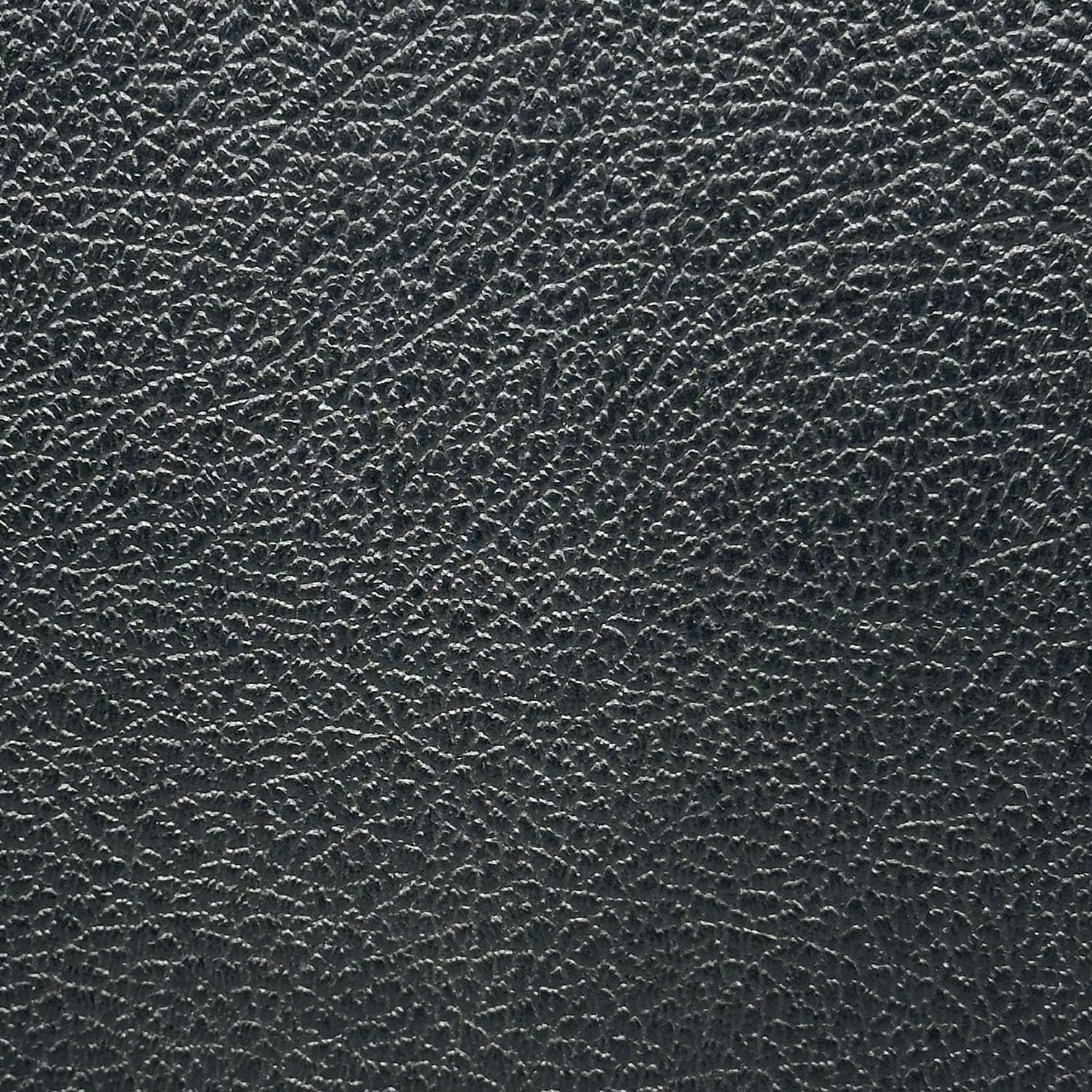Pigskin leather stands out as the most resilient among various leather options, making it an ideal choice for bookbinding, custom bookbinding, and book repair projects. Its exceptional durability makes it highly recommended for books and Bibles subjected to extensive use or less-than-gentle treatment. Sporting a semi-glossy finish, pigskin leather, despite its thinner profile, is more stiff than cowhide. The material exhibits a mild grain with natural variations, including lines and markings inherent to its organic nature. While particularly suitable for hardcover books, pigskin leather can also be employed to craft flexible covers, albeit with a slightly stiffer feel compared to cowhide counterparts. Cleaning is a breeze with a damp cloth. However, due to its stiffness, pigskin leather may not be the best choice for projects involving raised ribs or covers with elevated sections. Foil stamping yields generally clean and consistent results, though there's a slight chance of incomplete filling on larger surface areas due to the leather's grain and stiffness. Blind stamping, on the other hand, imparts a subtle impression.













